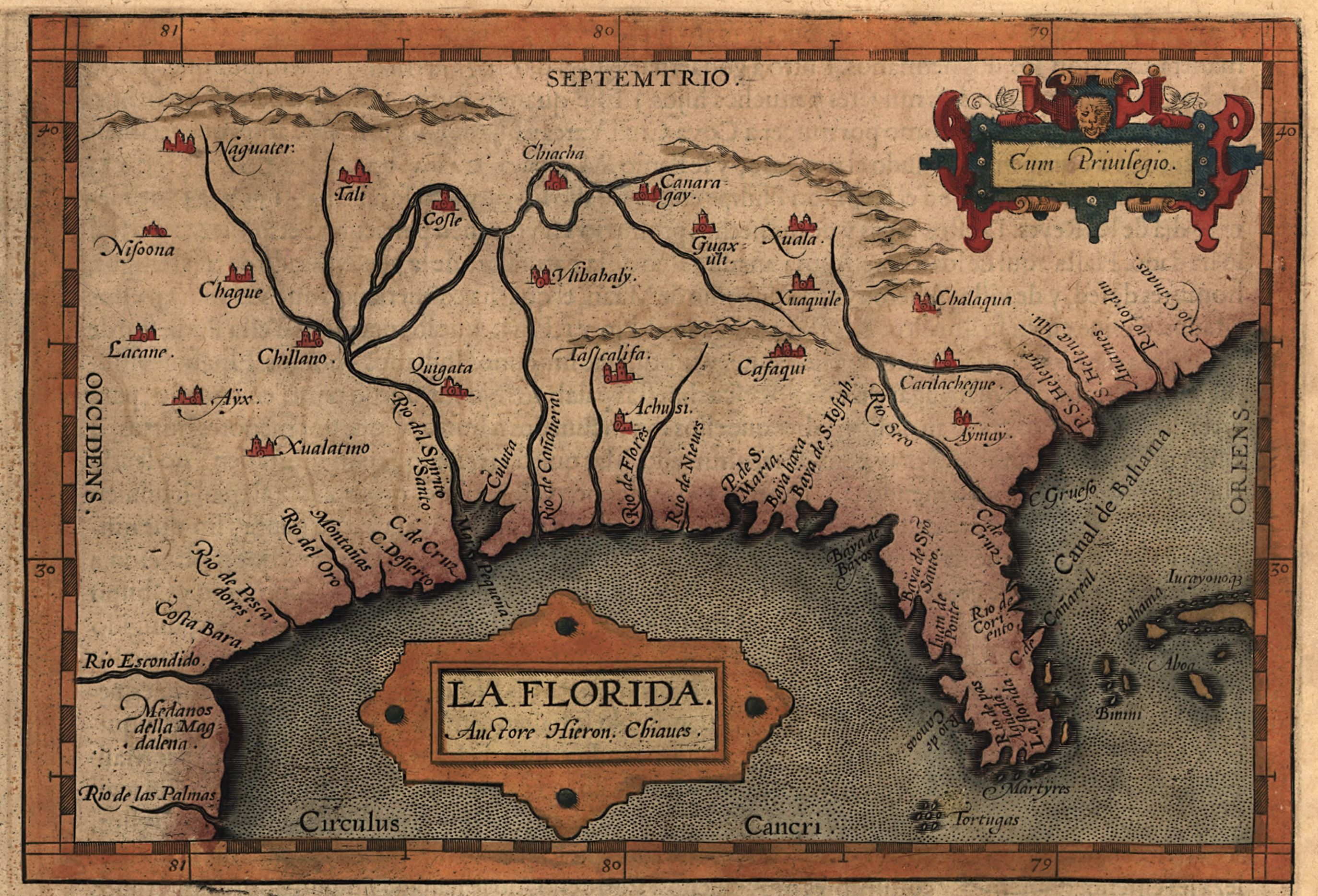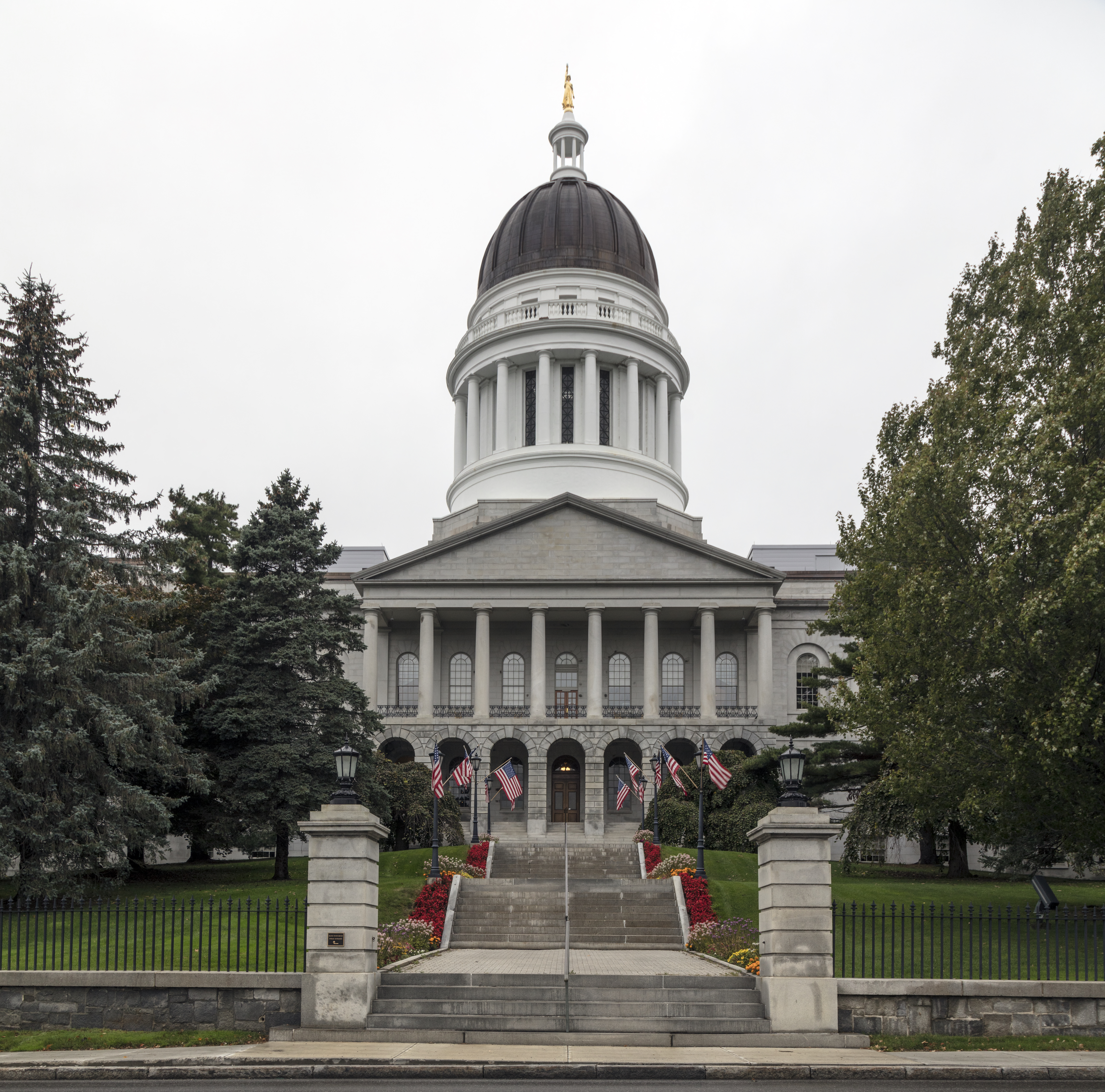|
Linum Medium
''Linum medium'', common name stiff yellow flax, is a species of '' Linum'' (flax) native to eastern North America. It is found as far west as Texas and Wisconsin, east to the Atlantic ocean, north to Ontario and Maine, and south to southern Florida. It is also found in The Bahamas. Its natural habitat is open areas such as prairies and savannas, often on acidic soil. It is a conservative species, usually restricted to high-quality natural communities. ''Linum medium'' is a perennial that produces flowers in mid-summer. It is one of several yellow-flowered ''Linum'' species that are widespread in eastern North America; others include '' L. floridanum'', '' L. striatum'', '' L. sulcatum'', and '' L. virginianum''. Taxonomy The species has two varieties: Pennsylvania DCNR *''Linum medium'' var. ''medium'' - Limited to around the Great Lakes *''Linum medium'' var. ''texanum'' - Widely distributed across eastern North America and The Bahamas References medium Medium may re ... [...More Info...] [...Related Items...] OR: [Wikipedia] [Google] [Baidu] |
|
|
Jules Émile Planchon
Jules Émile Planchon (21 March 1823 – 1 April 1888) was a French botanist born in Ganges, Hérault. Biography After receiving his Doctorate of Science at the University of Montpellier in 1844, he worked for a while at the Royal Botanical Gardens in London, and for a few years was a teacher in Nancy and Ghent. In 1853 he became head of the department of botanical sciences at the University of Montpellier, where he remained for the remainder of his career. Planchon was highly regarded in scientific circles, and made a number of contributions in his classification of botanical species and varieties. He is credited with publishing over 2000 botanical names, including '' Actinidia chinensis'', better known as the "golden kiwifruit". Planchon is remembered for his work in saving French grape vineyards from ''Phylloxera vastatrix'', a microscopic, yellow aphid-like pest that was an exotic species from the United States. He performed this task with assistance from French bot ... [...More Info...] [...Related Items...] OR: [Wikipedia] [Google] [Baidu] |
|
|
The Bahamas
The Bahamas (), officially the Commonwealth of The Bahamas, is an island country within the Lucayan Archipelago of the West Indies in the North Atlantic. It takes up 97% of the Lucayan Archipelago's land area and is home to 88% of the archipelago's population. The archipelagic state consists of more than 3,000 islands, cays, and islets in the Atlantic Ocean, and is located north of Cuba and northwest of the island of Hispaniola (split between the Dominican Republic and Haiti) and the Turks and Caicos Islands, southeast of the U.S. state of Florida, and east of the Florida Keys. The capital is Nassau on the island of New Providence. The Royal Bahamas Defence Force describes The Bahamas' territory as encompassing of ocean space. The Bahama Islands were inhabited by the Lucayans, a branch of the Arawakan- speaking Taíno, for many centuries. Christopher Columbus was the first European to see the islands, making his first landfall in the "New World" in 1492 when he ... [...More Info...] [...Related Items...] OR: [Wikipedia] [Google] [Baidu] |
|
|
Linum Sulcatum
Linum sulcatum, common names yellow flax, grooved yellow flax, grooved flax, and yellow wild flax is a plant native to the United States and Canada. Conservation status in the United States It is listed as endangered in Connecticut, State of Connecticut Department of Energy and Environmental Protection Bureau of Natural Resources. Retrieved 17 January 2018. (Note: This list is newer than the one used by plants.usda.gov and is more up-to-date.) as rare in , as endangered in |
|
 |
Linum Striatum
''Linum'' (flax) is a genus of approximately 200 species''Linum''. The Jepson Manual. in the family . They are native to and regions of the world. The genus includes the common flax (''L. usitatissimum''), the [...More Info...] [...Related Items...] OR: [Wikipedia] [Google] [Baidu] |
 |
Remnant Natural Area
A remnant natural area, also known as remnant habitat, is an ecological community containing native flora and fauna that has not been significantly disturbed by destructive activities such as agriculture, logging, pollution, development, fire suppression, or non-native species invasion. The more disturbed an area has been, the less characteristic it becomes of remnant habitat. Remnant areas are also described as " biologically intact" or "ecologically intact." Remnant natural areas are often used as reference ecosystems in ecological restoration projects. Ecology A remnant natural area can be described in terms of its natural quality or biological integrity, which is the extent to which it has the internal biodiversity and abiotic elements to replicate itself over time. Another definition of biological integrity is "the capability of supporting and maintaining a balanced, integrated, adaptive community of organisms having a species composition, diversity, and functional o ... [...More Info...] [...Related Items...] OR: [Wikipedia] [Google] [Baidu] |
|
Coefficient Of Conservatism
Floristic Quality Assessment (FQA) is a tool used to assess an area's ecological integrity based on its plant species composition. Floristic Quality Assessment was originally developed in order to assess the likelihood that impacts to an area "would be irreversible or irretrievable...to make standard comparisons among various open land areas, to set conservation priorities, and to monitor site management or restoration efforts." The concept was developed by Gerould Wilhelm in the 1970s in a report on the natural lands of Kane County, Illinois. In 1979 Wilhelm and Floyd Swink codified this "scoring system" for the 22-county Chicago Region. Coefficient of conservatism Each plant species in a region is assigned a coefficient of conservatism, also known as a C-value, ranging between 0 and 10. A plant species with a higher score (e.g. 10) has a ''lower'' tolerance to environmental degradation such as overgrazing or development and therefore is naturally restricted to undisturbed, ... [...More Info...] [...Related Items...] OR: [Wikipedia] [Google] [Baidu] |
|
 |
Savanna
A savanna or savannah is a mixed woodland-grassland (i.e. grassy woodland) ecosystem characterised by the trees being sufficiently widely spaced so that the canopy does not close. The open canopy allows sufficient light to reach the ground to support an unbroken herbaceous layer consisting primarily of grasses. According to '' Britannica'', there exists four savanna forms; ''savanna woodland'' where trees and shrubs form a light canopy, ''tree savanna'' with scattered trees and shrubs, ''shrub savanna'' with distributed shrubs, and ''grass savanna'' where trees and shrubs are mostly nonexistent.Smith, Jeremy M.B.. "savanna". Encyclopedia Britannica, 5 Sep. 2016, https://www.britannica.com/science/savanna/Environment. Accessed 17 September 2022. Savannas maintain an open canopy despite a high tree density. It is often believed that savannas feature widely spaced, scattered trees. However, in many savannas, tree densities are higher and trees are more regularly spaced than in for ... [...More Info...] [...Related Items...] OR: [Wikipedia] [Google] [Baidu] |
|
Prairie
Prairies are ecosystems considered part of the temperate grasslands, savannas, and shrublands biome by ecologists, based on similar temperate climates, moderate rainfall, and a composition of grasses, herbs, and shrubs, rather than trees, as the dominant vegetation type. Temperate grassland regions include the Pampas of Argentina, Brazil and Uruguay, and the steppe of Ukraine, Russia and Kazakhstan. Lands typically referred to as "prairie" tend to be in North America. The term encompasses the area referred to as the Interior Lowlands of Canada, the United States, and Mexico, which includes all of the Great Plains as well as the wetter, hillier land to the east. In the U.S., the area is constituted by most or all of the states of North Dakota, South Dakota, Nebraska, Kansas, and Oklahoma, and sizable parts of the states of Montana, Wyoming, Colorado, New Mexico, Texas, Missouri, Iowa, Illinois, Indiana, Wisconsin, and western and southern Minnesota. The Palouse of Washington and ... [...More Info...] [...Related Items...] OR: [Wikipedia] [Google] [Baidu] |
|
 |
Florida
Florida is a state located in the Southeastern region of the United States. Florida is bordered to the west by the Gulf of Mexico, to the northwest by Alabama, to the north by Georgia, to the east by the Bahamas and Atlantic Ocean, and to the south by the Straits of Florida and Cuba; it is the only state that borders both the Gulf of Mexico and the Atlantic Ocean. Spanning , Florida ranks 22nd in area among the 50 states, and with a population of over 21 million, it is the third-most populous. The state capital is Tallahassee, and the most populous city is Jacksonville. The Miami metropolitan area, with a population of almost 6.2 million, is the most populous urban area in Florida and the ninth-most populous in the United States; other urban conurbations with over one million people are Tampa Bay, Orlando, and Jacksonville. Various Native American groups have inhabited Florida for at least 14,000 years. In 1513, Spanish explorer Juan Ponce de León became th ... [...More Info...] [...Related Items...] OR: [Wikipedia] [Google] [Baidu] |
|
Nathaniel Lord Britton
Nathaniel Lord Britton (January 15, 1859 – June 25, 1934) was an American botanist and taxonomist who co-founded the New York Botanical Garden in the Bronx, New York. Early life Britton was born in New Dorp in Staten Island, New York to Jasper Alexander Hamilton Britton and Harriet Lord Turner. His parents wanted him to study religion, but he was attracted to nature study at an early age. He was a graduate of the Columbia University School of Mines and afterwards taught geology and botany at Columbia University. He joined the Torrey Botanical Club soon after graduation and was a member his entire life. He married Elizabeth Gertrude Knight, a bryologist, on August 27, 1885. They had met when she joined the club and were lifelong collaborators in botanical research. New York Botanical Garden During their honeymoon in 1888, they visited Kew Gardens, which led to his wife proposing a botanical garden for New York at a Torrey Club meeting. Together, they campaigned to bring ... [...More Info...] [...Related Items...] OR: [Wikipedia] [Google] [Baidu] |
|
 |
Maine
Maine () is a U.S. state, state in the New England and Northeastern United States, Northeastern regions of the United States. It borders New Hampshire to the west, the Gulf of Maine to the southeast, and the Provinces and territories of Canada, Canadian provinces of New Brunswick and Quebec to the northeast and northwest, respectively. The largest state by total area in New England, Maine is the List of U.S. states and territories by area, 12th-smallest by area, the List of U.S. states and territories by population, 9th-least populous, the List of U.S. states by population density, 13th-least densely populated, and the most rural of the List of states and territories of the United States, 50 U.S. states. It is also the northeastern United States, northeasternmost among the contiguous United States, the northernmost state east of the Great Lakes, the only state whose name consists of a single syllable, and the only state to border exactly one other U.S. state. Approximately half ... [...More Info...] [...Related Items...] OR: [Wikipedia] [Google] [Baidu] |